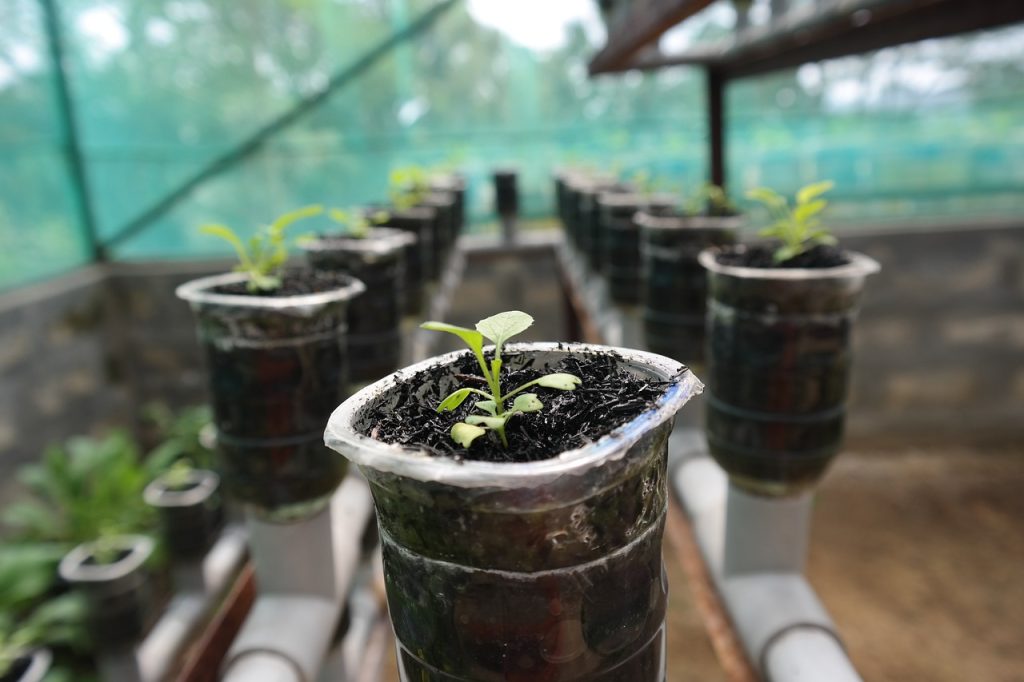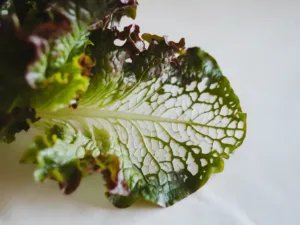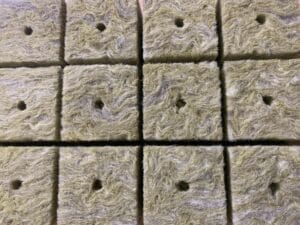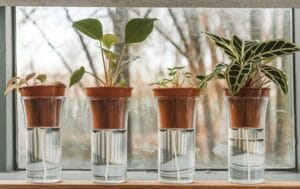The Invention and History of the Drip System
The drip system has its roots in early agricultural irrigation techniques developed in arid regions. In the 1960s, Israeli engineer Simcha Blass introduced the modern drip irrigation system to make water use more efficient. This technology quickly gained popularity and found its way into hydroponics, where it is ideal for its precision and water efficiency. Today, the drip system is one of the most widely used methods in hydroponic cultivation and is appreciated worldwide.
What is the Drip System?
The drip system is one of the most popular methods in hydroponic cultivation. It uses a network of tubes that deliver nutrient solution through small holes directly to the plant roots. The setup is relatively simple and can be used in small home gardens as well as large commercial facilities.
This system is perfect for beginners and professionals alike. It offers maximum flexibility and efficiency since it can easily be adapted to different types of plants.
Advantages
The drip system is one of the most efficient hydroponic systems. It provides precise nutrient control and requires surprisingly little maintenance.
Due to these advantages, the drip system is often preferred over other hydroponic systems:
- Low maintenance: The drip system requires minimal care because nutrient delivery is automated. You can focus on growing your plants without constant manual intervention.
- Cost-effective: Compared to other hydroponic systems, operating costs are low. The materials needed are easy to find and inexpensive.
- Flexibility: Since each plant is supplied individually through its own dripper, the system can be easily adapted to different types and sizes of plants. Whether you want to grow herbs, salads, or larger vegetables, the drip system adjusts easily by setting the dripper.
- Scalability: The system is very easy to expand. As long as the pump is powerful enough, additional tubes and drippers can be added.
- Efficiency: Direct nutrient delivery to the roots ensures optimal plant growth. Less water and fertilizer is wasted, making the drip system an environmentally friendly choice.
These advantages make the drip system particularly appealing for hobbyists and professional growers. It offers an ideal balance between effort and yield, making it one of the best methods in hydroponic cultivation.
Disadvantages
The drip system has many advantages, but it also has a few drawbacks that should be considered. Here are the main ones:
- Clogging: Drippers can easily clog, especially when using organic nutrient solutions. Regular cleaning is necessary to ensure smooth operation.
- Overwatering: Incorrect dripper settings can lead to overwatering, which can harm the roots. Precise control is essential here.
- Power dependency: The pump requires a constant power supply. During power outages, nutrient delivery may be interrupted, potentially affecting the plants.
- Installation: Setting up the drip system can be somewhat more complex than other systems. Careful planning and setup are required to achieve optimal results.
Despite these disadvantages, the drip system remains a popular choice for hydroponics due to its efficiency and flexibility. With regular maintenance and monitoring, these challenges can be managed.
Building Your Own Drip System
Building your own drip system is easier than you might think. Here are the materials you’ll need and their functions:
Materials Needed
- Reservoir
- Pump
- Tubing
- Drippers
- Plant Containers
Reservoir
An opaque container that is large enough to hold the nutrient solution. Plastic containers are a common choice as they are lightweight and durable.
Pump
Pumps the nutrient solution through the system. A reliable and quiet pump ensures even distribution of nutrients.
Tubing
Transports the nutrient solution from the pump to the drippers. Choose flexible, opaque, and durable tubing to prevent clogging.
Drippers
Deliver the nutrient solution directly to the plant roots. Use adjustable drippers to control the amount of nutrient solution.
Plant Containers
Hold the plants and the growing medium. They should be stable and large enough to support root growth.
Some growers who use rock wool as a medium leave it directly in the wrapping, saving additional containers. In this case, you should ensure that you do not intend to move the plants later.
Maintenance and Care
A drip system requires regular maintenance to remain effective. Here are some key aspects to keep in mind:
- Clean the tubes and drippers regularly (at least once a month)
- Check the pump and tubes for proper operation
- Monitor nutrient concentration
- Always maintain the cleanliness and health of your plants
Frequently Asked Questions
Here are some frequently asked questions about the drip system that can help you get the most out of your hydroponic garden:
How often should I change the nutrient solution?
It’s advisable to change the nutrient solution every two to three weeks to ensure an optimal nutrient balance. Regular replacement prevents salt and deposit buildup that could impair your plants’ growth.
Additionally, you should check the nutrient concentration weekly and adjust as needed. This ensures that your plants always receive the right nutrients in the right amounts for healthy and vigorous growth.
Can I use the drip system outdoors?
Yes, the drip system can be used both indoors and outdoors as long as the ambient temperatures are within the ideal range for the plants. Outdoors, it’s important to protect the system from extreme weather conditions, such as heavy rain, wind, or intense sunlight.
A sheltered location or a greenhouse can be helpful in this regard. Outdoors, your plants often benefit from natural light, which can further promote growth. However, be sure to keep the temperature stable and prevent the nutrient solution from overheating.
What plants are best suited for the drip system?
Most plants can grow in the drip system, but herbs, salads, and smaller vegetables are particularly well suited. These plants benefit from the even nutrient supply and consistent moisture level that the drip system provides.
Additionally, plants like tomatoes, peppers, and strawberries also do well. Feel free to experiment with different plant types to find out which ones thrive best in your drip system and deliver the highest yields.
How do I prevent clogging in the drippers?
Regularly cleaning the drippers and using a clean nutrient solution helps prevent clogs. You should clean the drippers at least once a month with warm water and a soft brush to remove any buildup. It’s also beneficial to flush the system with clear water when you change the nutrient solution.
When using organic nutrient solutions and substrates, there’s a higher risk of clogging. In this case, using filters is essential to keep particles out and extend the system’s lifespan. Be sure to use high-quality nutrient solutions that leave fewer residues and reduce the risk of clogs.
What should I do in a power outage?
A backup power supply can be helpful to bridge outages. For short outages, plants are generally not significantly affected since the roots experience some protection in the damp medium. For longer outages, you should manually operate the system if possible.
You can also prepare a backup strategy by setting up a manual watering system. Keep a watering can or similar tools ready to ensure that your plants continue to receive water and nutrients until the power supply is restored.









